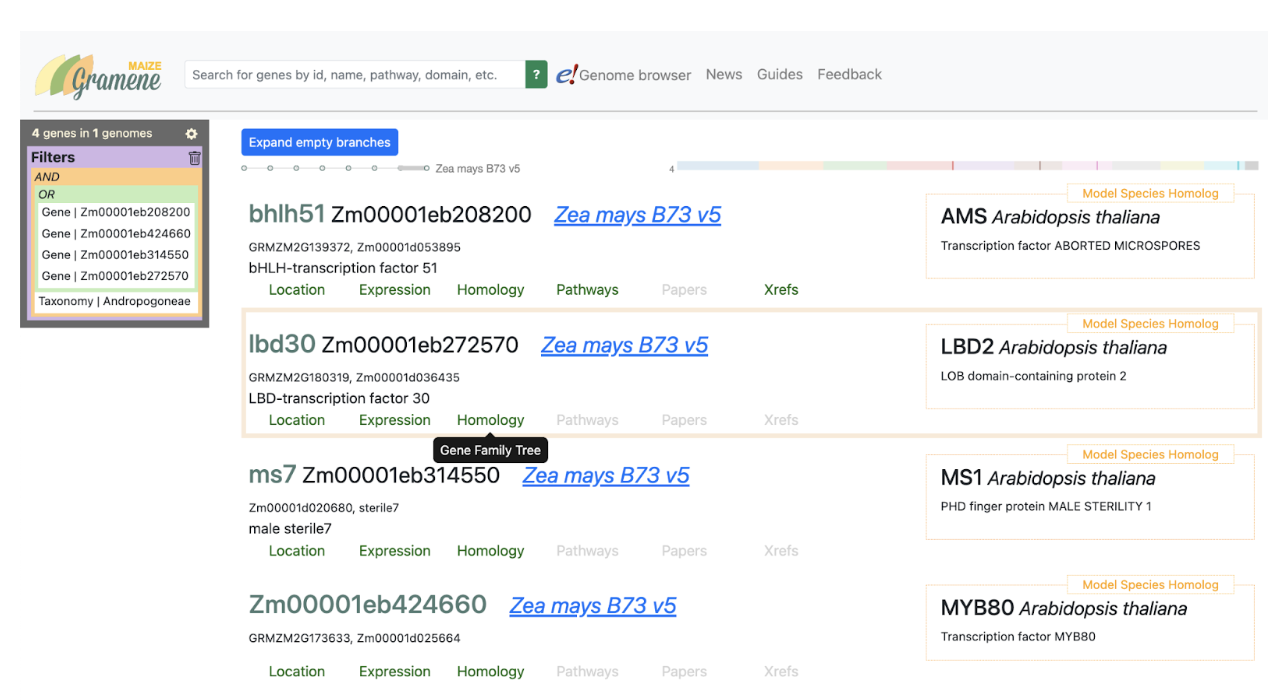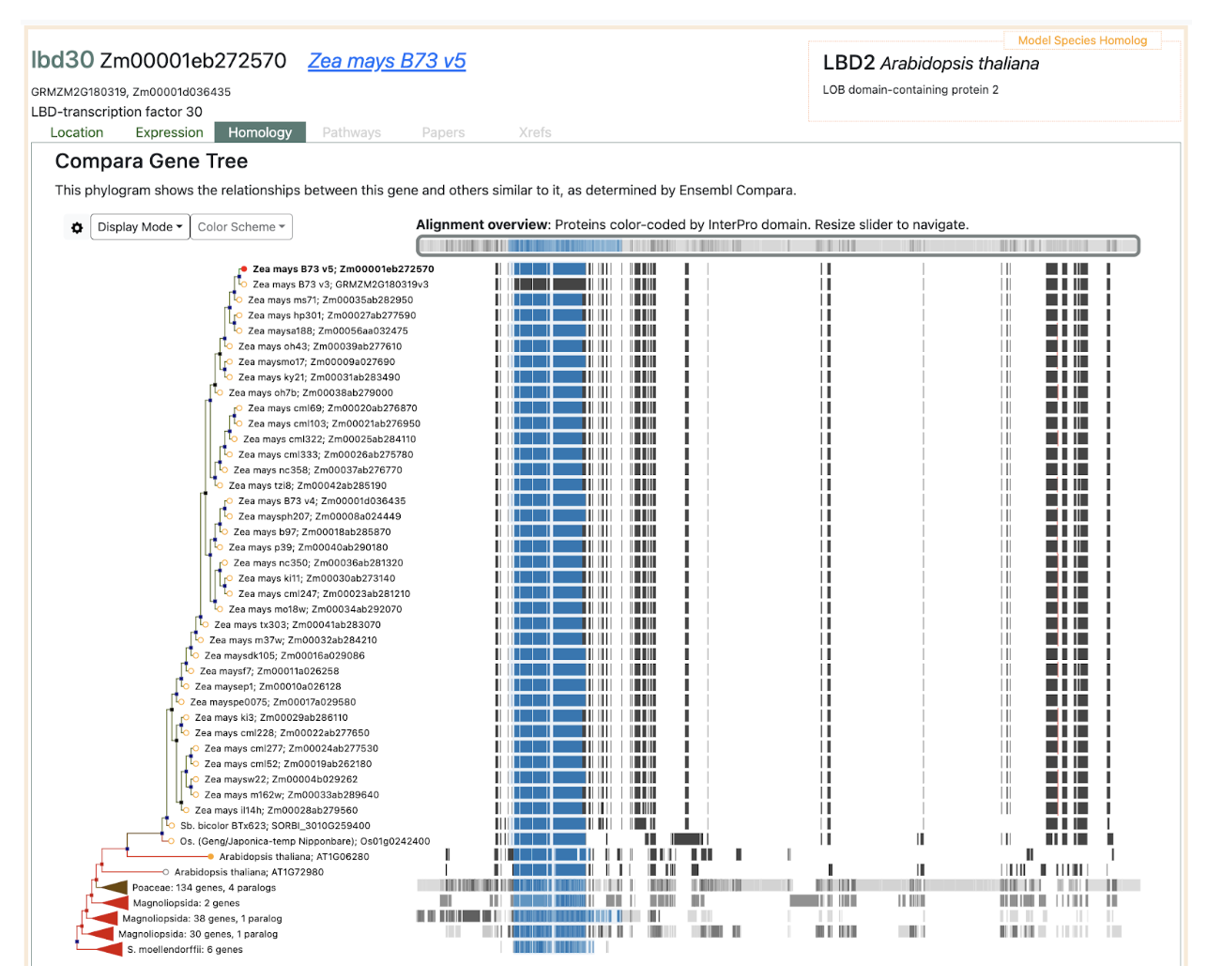Unraveling the Molecular Brake: ZmMs1's Role in Maize Male Fertility and Exine Thickness Regulation
Male fertility can be affected by properties of the pollen grains. The exine layer protects the pollen grain from external stressors, and is of paramount importance in the process of fertilization. If the exine is too thick, it can prevent fertilization. In an effort to investigate the underlying molecular mechanism behind exine formation and thickness, Hou and colleagues from the University of Science and Technology Beijing, Zhongzhi International Institute of Agricultural Bioscience, Shandong Agricultural University and Shanghai Normal University analyzed the genome of a maize male sterility mutant, ms1, which has a thickened exine, unlike the thin exine walls of the other GMS mutants. The researchers identified the gene ZmMs1, also called ZmLBD30 in MaizeGDB, as the gene responsible for the thickened walls and determined that it functions as a negative regulator of its own transcription activation cascade (ZmbHLH51-ZmMYB84-ZmMS7-ZmMS1). This feedback loop is functioning as a molecular brake to make sure the timing and level of exine is correct in maize pollen grains. ZmMS1/ZMLBD30 encodes a lateral organ boundary (LOB) domain (LBD) TF that is highly conserved in Sorghum and M. lutarioriparios, but less so among other flowering plants like rice and Arabidopsis, which diverged from maize earlier, although a similar regulatory mechanism may exist in those species.
Gramene examples:

Figure 1: GrameneMaize search results for the four genes in the TF cascade (ZmbHLH51 - ZmMYB84 - ZmMS7 - ZmMS1)

Figure 2: Protein sequences of ZmMS1/ZmLBD30 are well conserved across all maize varieties in the gene tree.

Figure 3: The gene neighborhood is also well conserved among maize accessions, with some presence-absence variation (PAV) among the gene models annotated directly upstream of the ZmLBD30 gene. This variability in the upstream region may point to the importance of a dynamic regulatory architecture behind agronomically important processes such as exine development. Notably, in sorghum, only four genes in the region are conserved, due to multiple genomic rearrangements.
Reference:
Hou Q, An X, Ma B, Wu S, Wei X, Yan T, Zhou Y, Zhu T, Xie K, Zhang D, Li Z, Zhao L, Niu C, Long Y, Liu C, Zhao W, Ni F, Li J, Fu D, Yang ZN, Wan X. ZmMS1/ZmLBD30-orchestrated transcriptional regulatory networks precisely control pollen exine development. Mol Plant. 2023 Aug 7;16(8):1321-1338. PMID: 37501369. doi: 10.1016/j.molp.2023.07.010. Read more
- aolson's blog
- Log in to post comments
